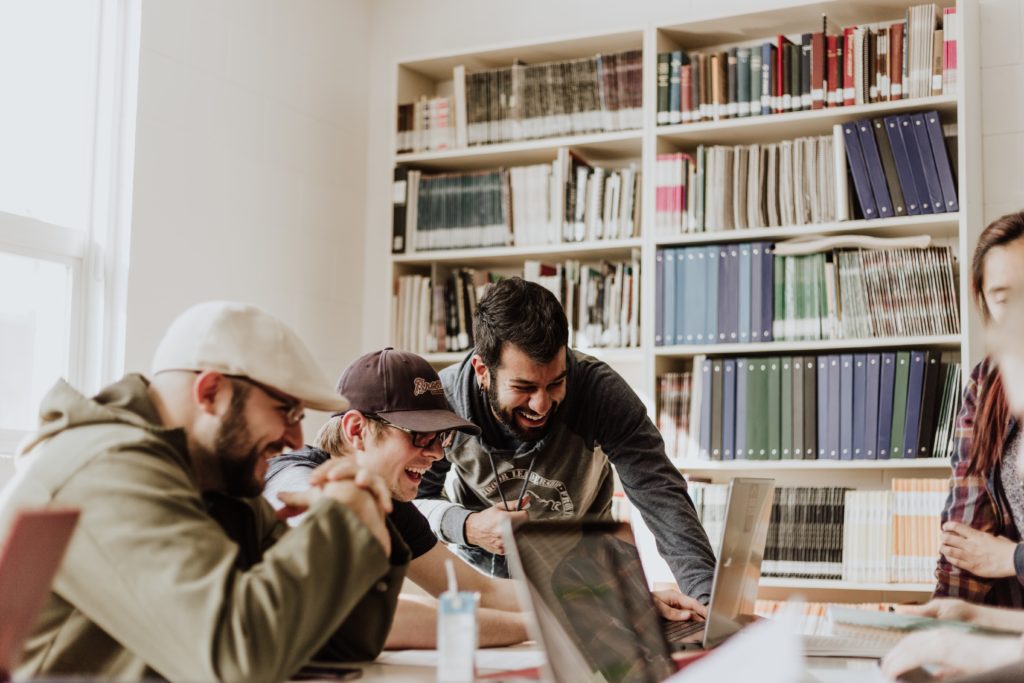Module 6: Group Work and Presentations
What do we mean by group work and presentations?
Group working in all its forms can be seen as a valuable way to engage students in discussion and debate, building and reinforcing understanding and ownership, generating new ideas and overcoming misunderstandings. Group working might include a small group of students working in-class on a problem set by the tutor or a longer terms group task carried out inside the classroom and beyond where students set the agenda and agree ways of working independently of the tutor.

Group working helps to develop key skills such as critical thinking, communication, facilitation, presentation and decision-making. It involves interaction between students, in contrast to the passive activity experienced in a lecture situation.
Likewise, presentations enable students to showcase their presentation design skills, condensing complex arguments into coherent and bite sized oral and visual content. Presentations also illustrate a student’s communication skills and understanding of audience. The audience may be a tutor, other students or invited guests. (Need more here).
Contexts for group work
Group working might include such diverse activities as:
- Informal sharing of information and ideas with peers (face to face, social media etc)
- Semi structured paired and group discussion as a part of lecture/seminar
- Structured group activity – e.g. within tutorials
- More formal group tasks (often assessed) such as creation and delivery of presentations, projects and/or joint assignments
Contexts for presentations
Like group work, presentations can span a wide range of contexts and activities:
- Informal feedback from a group activity to a larger group
- Poster presentations
- Formal presentations where the student produces a presentation on a given topic and presents this to an audience
- VIVA – where a student is asked to present their research and then defend it to a panel of expert questioners.
